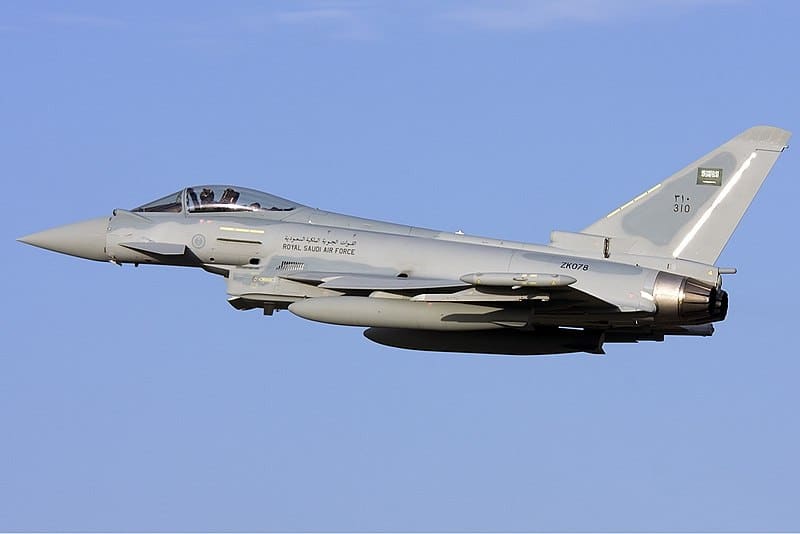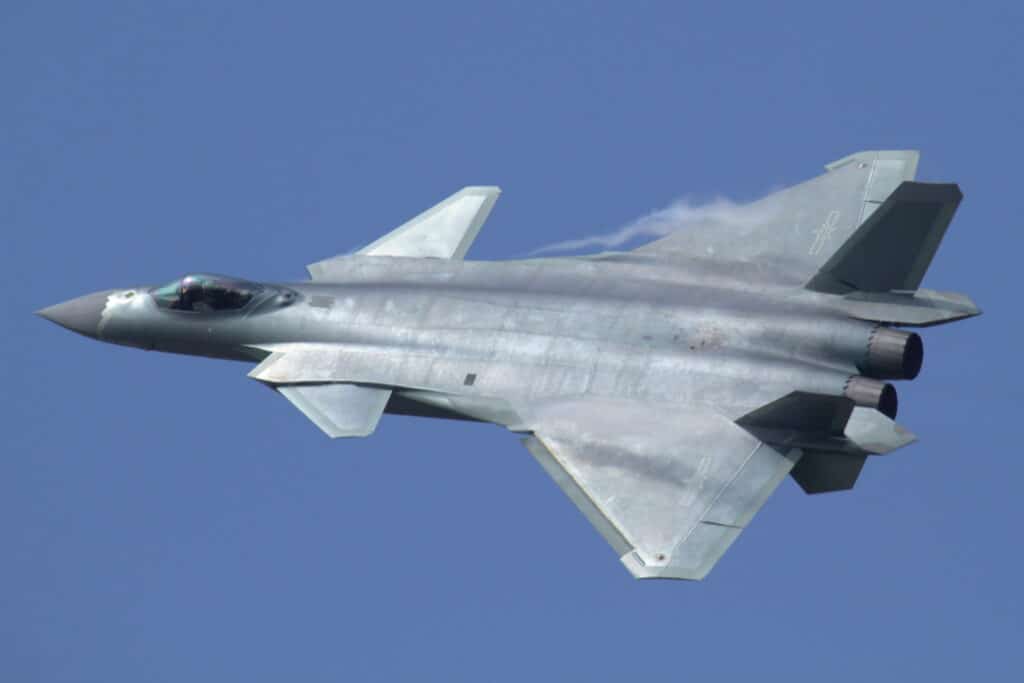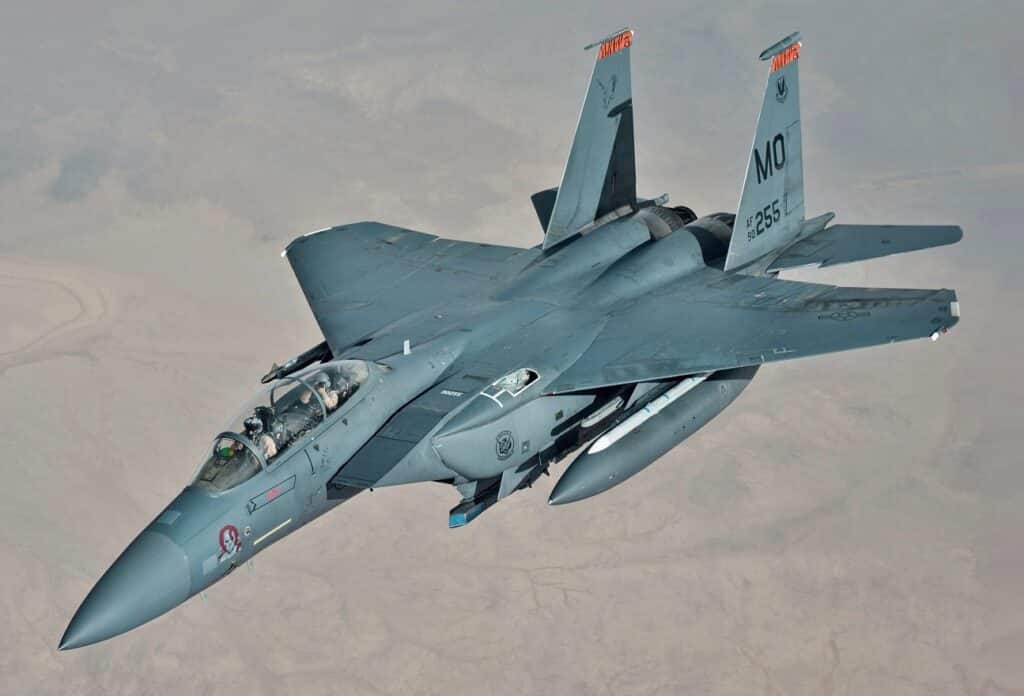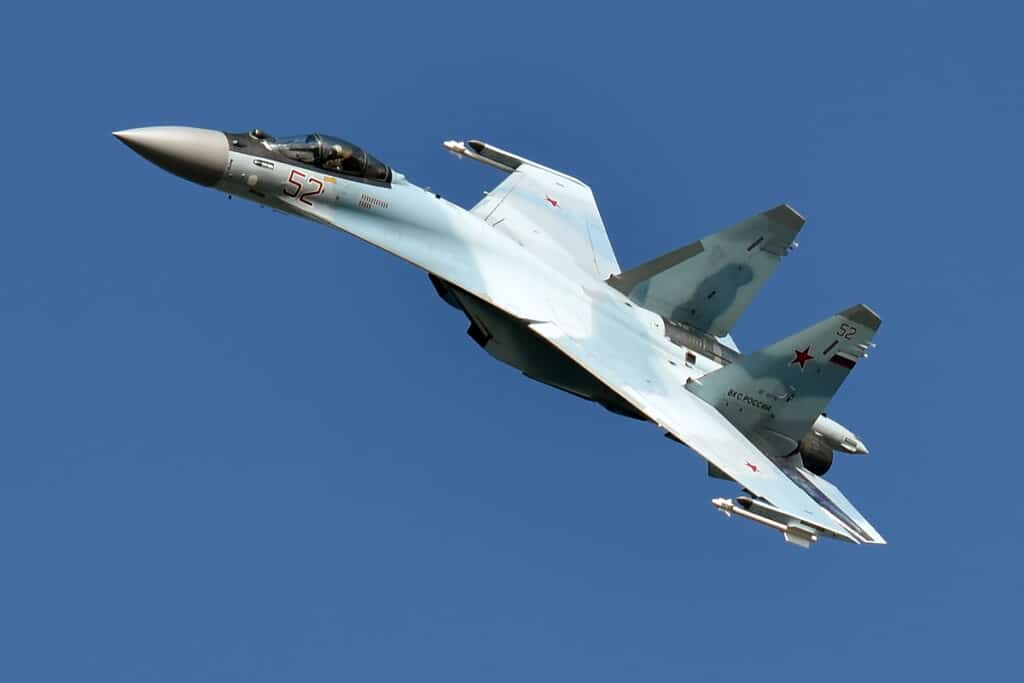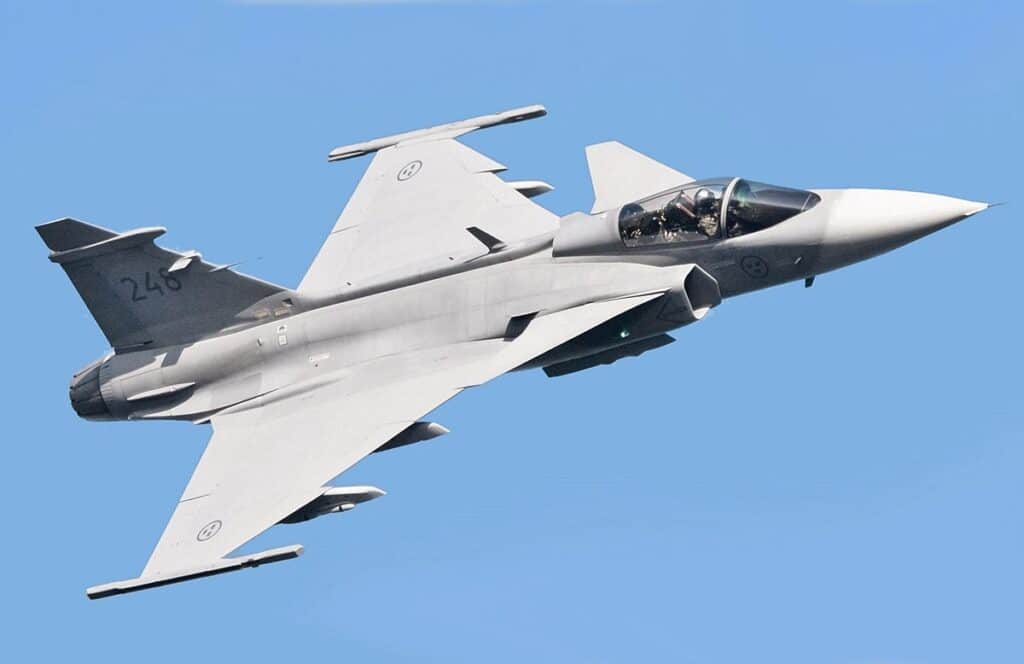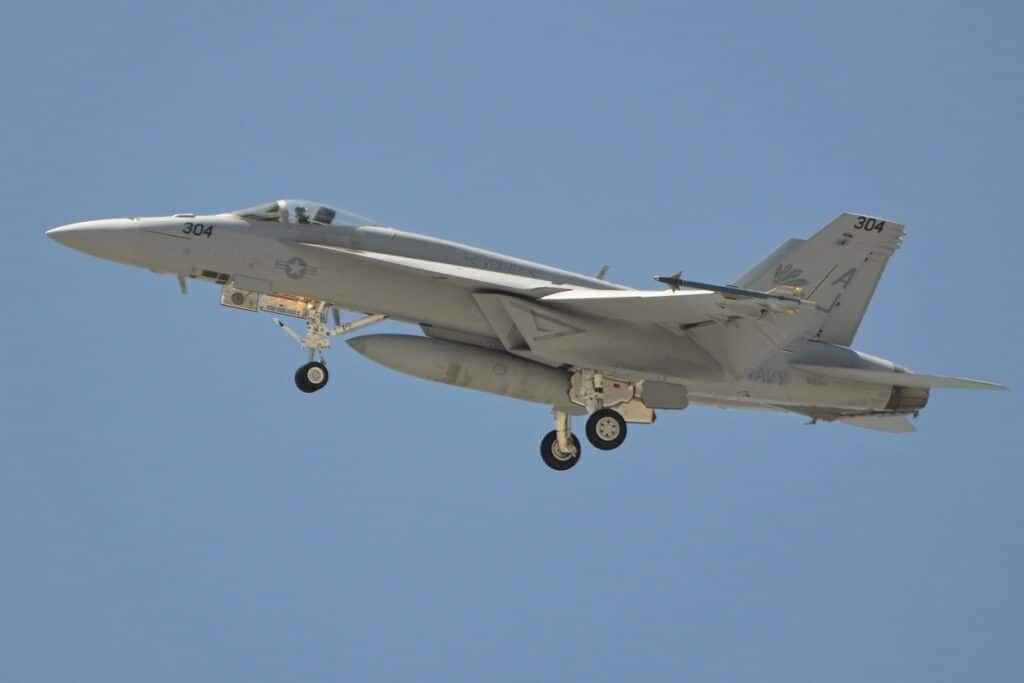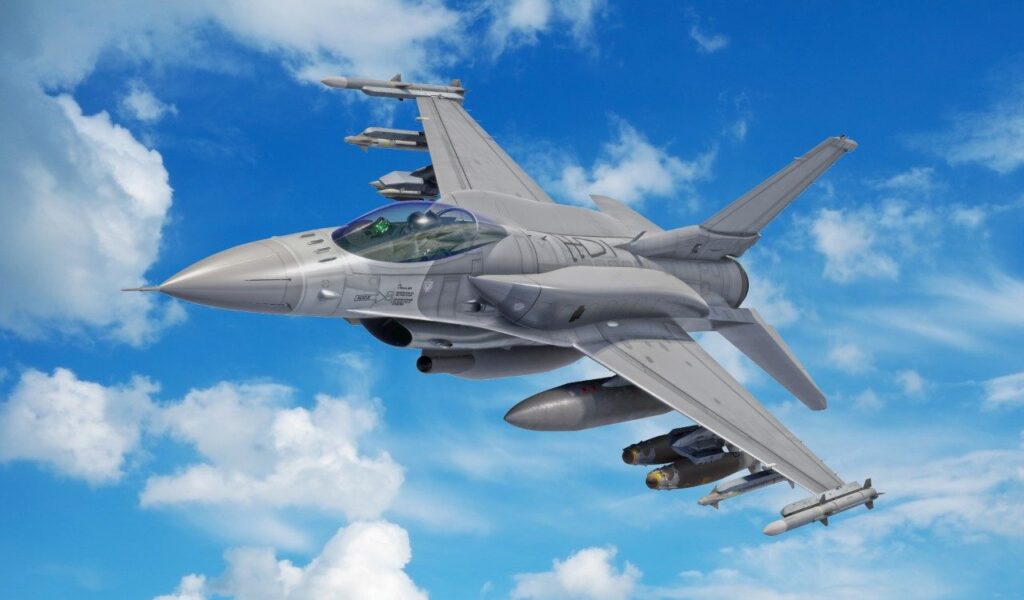Aviation
10 Most Expensive Fighter Jets In The World
Fighter jets are an important part of any country’s defense. Most countries employ the best fighter jets in the world. Few countries have developed the most advanced fighter jets, ranging from 4.5 to 5th generation stealth fighters.
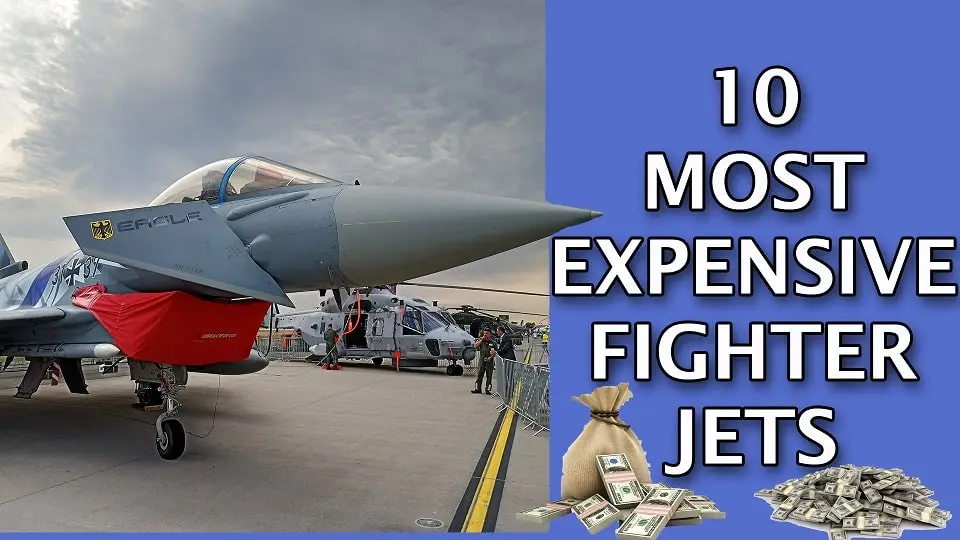
Fighter jets are an important part of any country’s defense. Most countries employ the best fighter jets in the world. Few countries have developed the most advanced fighter jets, ranging from 4.5 to 5th-generation stealth fighters. In this article, we will go over each of the fighter jets and their prices.
1. Lockheed Martin F-35B and F-35C
The most powerful fighter jets are the F-35B and F-35C, despite the fact that their cost has reduced significantly in recent years. They all share little more than 30% of the parts, therefore improving the production of one has an impact on the other.
The less-priced F-35C is the plane model, while the more expensive F-35B is equipped for short take-off and vertical landing (STOVL). The projected price of the F-35B is $135.8 million (Rs 1,024 crore), and the estimated price of the F-35C is $117.3 million (Rs 8,84 crore). This variant is limited to 7 g, whereas The F-35C is limited to 7.5 g.
Fighter jets are important military equipment. Fighters with many of the latest technologies are also a reflection of a country’s military strength. In addition to updated fighter jets, highly skilled and experienced fighter pilots are also indispensable. Fighter pilots have long been known for their intelligence, independence, integrity, courage, and patriotism.
If we want to express our gratitude to them, a military challenge coin with a prototype fighter jet and the name of the pilot is the perfect gift. These challenge coins are of exquisite quality and durable and can commemorate this great honor forever. Welcome to GS-JJ to learn more about military coins.
2. Eurofighter Typhoon
It is a twin-engine, multi-role aircraft, with the first series being made available in 2003. Another European fighter jet that can cost up to $50 million to buyers in the European Union, the Eurofighter Typhoon is the most technologically advanced swing-role combat aircraft in the world. However, the export price is substantially higher.
In 2018, Airbus would have sold India up to 138 million euros worth of Eurofighters, which is still less than what was spent for Rafales. The most recent versions of the Eurofighter and Rafale are Tranche 4 and F3-R, respectively. The fighter jet’s simultaneous air-to-air and air-to-surface capabilities are deployable. The Estimated cost is $124 million (over Rs 930 crore).
3. Dassault Rafale
The most potent fighter jet in France, the Dassault Rafale, is among the best and most potent in the world. The French government has produced about 237 Rafales. In its airbase, India owns 26 Rafale aircraft, almost four years after India and France signed an intergovernmental deal to purchase 36 of the aircraft for Rs 59,000 crore, the first batch of the five Rafale planes arrived in India. India increased nearly the price of a single Rafale, which was roughly Rs 1,638 crore ($115 million), by paying that much (over Rs 862 crore).
4. Chengdu J-20
It is a single-seat, multipurpose fifth-generation stealth fighter. The J-20 is not for sale because China has never meant to export its primary weapon. The Shenyang FC-31, a fifth-generation fighter jet with a price that is currently unknown but estimated to be approximately $100 million (750 cores) may be made available to the worldwide market in the very near future.
5. McDonnell Douglas F-15E Strike Eagle
The F-15EX, its most recent variation, provides evidence of this. Although it is less expensive than the more sophisticated 5th generation aircraft, it is anticipated to replace the previous C and D models and offers best-in-class payload, range, and speed. Because the aircraft is more expensive than the F-35A, this accessibility is mostly caused by operating costs.
However, The Strike Eagle has been deployed for military operations in Iraq, Afghanistan, Syria, and Libya, among others. During these operations, the strike fighter has carried out deep strikes against high-value targets and combat air patrols, and provided close air support for coalition troops. . The F-15EX is an appealing aircraft for many nations because of the F-15. It will cost an average of $87.7 million (over Rs 652 crore).
6. Sukhoi Su-35
The Sukhoi Su-35 is the designation for two improved derivatives of the Su-27 air-defense fighter. They are single-seat, twin-engine, super maneuverable aircraft, designed by the Sukhoi Design Bureau and built by the Sukhoi.
The Su-34 and Su-30 (as well as their numerous versions) are more than twice as affordable as the Su-35, despite the Su-33 and Su-37 not being for sale. This explains why Russia has had trouble finding a buyer for this aircraft, and while some nations are allegedly interested – aside from China and Egypt, which have already purchased some – the Su-30 and the estimated cost of $85 million(Rs 637 crore).
7. Saab JAS 39 Gripen
One of the least expensive new 4 or 4.5-generation combat fighters on the market is the Swedish JAS 39 Gripen, C, and D variants, which are light single-engine multirole fighters produced by the Swedish aerospace manufacturer Saab AB. A single aircraft may cost as much as $30 million.
The latest JAS 39 generation was projected to cost more than $100 million in 2012. Only recently has Saab been able to lower the price, and as a result, the Gripen is once again a sought-after aircraft on the global market. This fighter jet’s estimated price is $85 million (over Rs 637 crore).
8. Lockheed Martin F-35A
The most expensive weapon system ever, and while Lockheed Martin has managed to lower the cost of a single ready-to-use F-35A to less than $80 million, that cost is just the top of it. The newest American jet has some of the most expensive running costs in the world, making it relatively inexpensive to purchase but extremely costly to operate. $77.9 million( Rs 577 crore) was the estimated cost.
9. Boeing F/A-18E/F Super Hornet
Major avionics and weapon system upgrades are included in the most recent F/A-18 modification, the Block III configuration. The Super Hornet’s price also increases, but it brings it into step with the newest generation of 4.5 fighters.
The EA-18G Growler, the most expensive model of this aircraft, is too specialized to be compared to standard fighter jets even though it can be outfitted with both air-to-air and air-to-ground weapons. The estimated price of this fighter jet is $67.4 million (over Rs 502 crore).
10. Lockheed Martin F-16 Block 70/72
Meet the F-16 Block 70/72, the newest and most technologically advanced F-16 with brand-new features based on the cutting-edge F-16V configuration. It offers a new airplane structure with a 50% longer lifespan than the F-16s produced previously.
The F-16 was developed to be a more maneuverable, lightweight, and cost-effective jet fighter than the F-15. The most modern models are quite expensive, but the earlier ones cost roughly $30 million each, which is less than the vast bulk of modern fighters.
A top-of-the-line jet based on the venerable F-16 fuselage is anticipated to cost $64 million (over Rs 480 crore)which gives an idea of how much they may cost from the price of a single F-16 Block 70 aircraft.
More check-out sections of the tags.
best fighter jet in the world, best fighter jets in the world, best fighter jets, best fighter jet, most advanced fighter jets, the best jet fighter in the world, top ten fighter jets, best American fighter jets, best jet fighters, most powerful fighter jet, most advanced military aircraft.


Aircraft comparison
Osprey is faster than Chinook helicopter ?
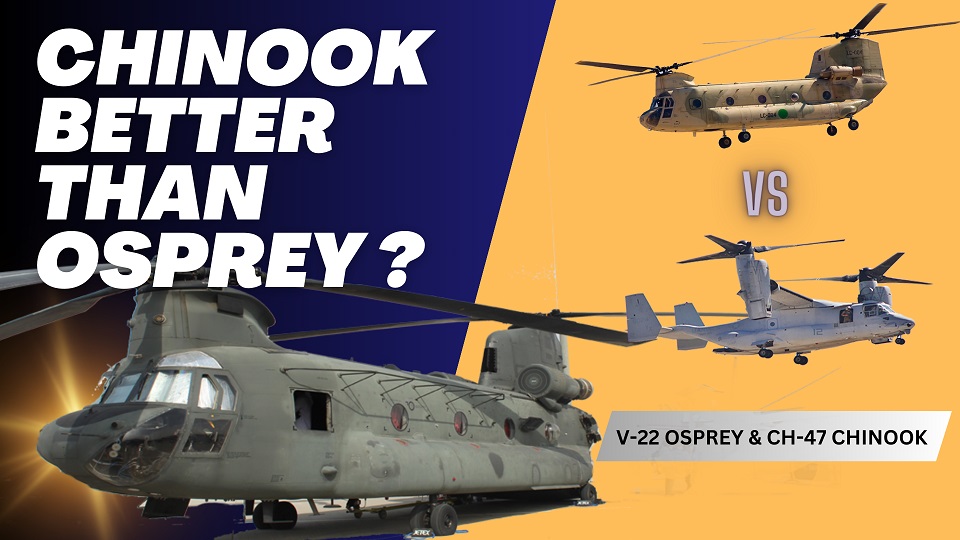
In this article, we’ll delve into two distinct military aircraft that have played essential roles in United Air Force defense. Both aircraft have unique characteristics in terms of usage and flying capabilities. One is capable of vertical takeoff and flies like an aircraft, while the other is a helicopter with two tandem rotors. Let’s explore each of these aircraft in detail.
The speed of helicopters can vary depending on several factors such as their design, engine power, payload, and mission requirements. Generally speaking, the Osprey (specifically referring to the V-22 Osprey) is faster than the Chinook helicopter.
The V-22 Osprey is a tiltrotor aircraft, meaning it can take off and land vertically like a helicopter but also tilt its rotors forward to fly like an airplane. This design allows the Osprey to achieve higher speeds compared to conventional helicopters. The cruising speed of the V-22 Osprey is around 241 knots (277 mph or 446 km/h).
On the other hand, the Chinook helicopter, such as the Boeing CH-47 Chinook, has a cruising speed typically around 170 knots (196 mph or 315 km/h). While the Chinook is a highly capable and versatile helicopter known for its heavy-lift capabilities and reliability, it generally operates at lower speeds compared to the Osprey.
The comparison between an Osprey and a Chinook helicopter involves contrasting two distinct aircraft with different designs, capabilities, and purposes:
MV-22 Osprey details:
The Osprey has garnered significant controversy since its inaugural flight, primarily stemming from issues associated with its tiltrotor design. These challenges have led to several incidents and crashes, resulting in the tragic loss of pilots and crew members and prompting multiple groundings of the aircraft.
However, efforts are underway to address these technical issues swiftly, with plans to rectify the problems and resume flights promptly. Despite these setbacks, the Osprey remains crucial in operational contexts, offering enhanced capabilities for transporting both cargo and crew members, underscoring its pivotal role in various missions.
Except for the United States and Japan, no other country has been granted authorization to utilize the Osprey aircraft. Its unique design and specialized nature, being built in the United States, likely necessitate governmental permission for export to other nations.
The Osprey stands out for its groundbreaking design and innovation, featuring the ability to transition from vertical to horizontal rotor positions while also generating thrust like a conventional aircraft.
- MV-22 Osprey:
- The MV-22 Osprey is a tiltrotor aircraft, meaning it can take off and land like a helicopter but fly like a fixed-wing aircraft once airborne.
- It’s primarily used for vertical takeoff and landing (VTOL), troop transport, cargo transport, and aerial refueling.
- The Osprey has a unique ability to combine the vertical lift capability of a helicopter with the speed and range of a turboprop aircraft.
- It can carry up to 24 troops or 20,000 pounds of internal cargo and has a top speed of around 315 miles per hour (507 km/h).
- The Osprey is utilized by the U.S. Marine Corps, U.S. Air Force Special Operations Command, and other military forces around the world.
Boeing CH-47 Chinook:
The Chinook helicopter stands as a testament to unparalleled engineering and innovation, making it one of the most distinctive aircraft ever constructed. Since its inception, no other nation has attempted to replicate its singular design, owing to the extraordinary precision and aerospace technology required for its construction. This helicopter, revered as an engineering marvel, has become a staple in major battlegrounds, renowned for its exceptional capacity to transport troops and cargo to any destination. Remarkably versatile, it operates seamlessly on both land and water surfaces, boasting an integrated floating system that enhances its capabilities even further.
Selected countries have been granted permission to utilize the Chinook helicopter, showcasing its global appeal and strategic importance. Furthermore, ongoing development efforts are underway to enhance the speed and carrying capacity of the next version of this iconic aircraft. Renowned for its exceptional safety record, the Chinook stands as one of the safest helicopters in operation today, with a remarkably low incidence of crashes. Its versatility is unmatched, making it an invaluable asset for operations in diverse terrains and environments.
- Boeing CH-47 Chinook:
- The Chinook is a tandem rotor helicopter, known for its distinctive twin-rotor design.
- It’s a heavy-lift helicopter primarily used for troop transportation, artillery emplacement, battlefield resupply, and various other missions.
- The Chinook has a rear loading ramp for cargo and troops, making it well-suited for quick loading and unloading.
- It can carry up to 55 troops or 24,000 pounds of cargo internally and has a top speed of around 170 miles per hour (274 km/h).
- The Chinook is widely used by the U.S. Army and various other military forces worldwide, including the UK, Canada, and others.
Comparison:
- Design: The Osprey is a tiltrotor aircraft, while the Chinook is a tandem-rotor helicopter.
- Speed and Range: The Osprey has a higher top speed and longer range compared to the Chinook due to its fixed-wing aircraft capabilities.
- Payload Capacity: The Chinook generally has a higher payload capacity for both troops and cargo compared to the Osprey.
- Versatility: While both aircraft are versatile in their own right, Osprey’s ability to take off and land vertically as well as fly at high speeds over long distances gives it a unique advantage in certain scenarios. However, the Chinook’s ability to carry larger payloads makes it better suited for heavy lift operations.
- Cost and Maintenance: Maintenance and operating costs may vary between the two aircraft, with tiltrotor technology typically being more complex than traditional helicopter designs.
Most Popular .
These are the Top 10 best US airlines of 2024
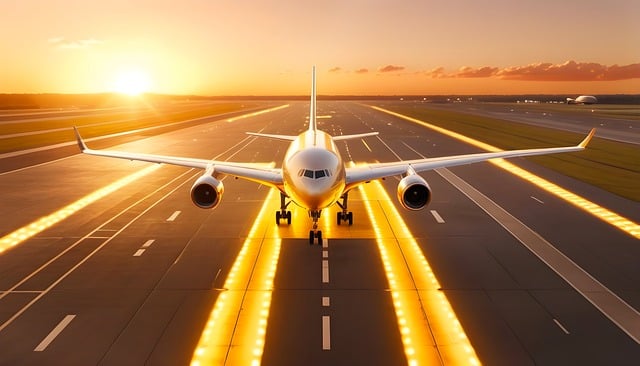
In an era where air travel plays an integral role in connecting people and places, the quality of airline service can significantly impact travelers’ experiences.
As we navigate the ever-changing landscape of aviation, insights into the performance and reliability of different carriers become invaluable. Enter WalletHub’s comprehensive analysis, offering a glimpse into the 10 best US airlines of 2024. Join us as we embark on a journey through the clouds, exploring the top performers.
Best airlines of 2024
- Alaska Airlines (68.07 out of 100): Anchoring the list is Alaska Airlines, celebrated for its consistency and customer satisfaction. With a score of 68.07, Alaska Airlines sets the standard for excellence in the skies.
- SkyWest Airlines (65.96): Following closely behind is SkyWest Airlines, recognized for its operational prowess and reliability. With a score of 65.96, SkyWest secures its position among the elite.
- Spirit Airlines (65.69): Surging into third place is Spirit Airlines, renowned for its affordability and expansive route network. Despite its low-cost model, Spirit Airlines earns acclaim with a score of 65.69.
- Delta Air Lines (61.56): A stalwart of the industry, Delta Air Lines maintains its reputation for superior service and efficiency. With a score of 61.56, Delta continues to soar above the competition.
- United Airlines (51.96): United Airlines occupies the middle ground, offering a balance of convenience and comfort to travelers. With a score of 51.96, United remains a dependable choice for domestic and international flights.
- JetBlue Airways (51.6): JetBlue Airways, known for its focus on customer experience and amenities, secures its place in the top 10 with a score of 51.6.
- Hawaiian Airlines (48.3): Transporting passengers, Hawaiian Airlines earns accolades for its hospitality and island-inspired service. With a score of 48.3, Hawaiian Airlines embodies the spirit of aloha.
- American Airlines (46.52): Despite facing challenges, American Airlines maintains its presence among the top performers with a score of 46.52, showcasing resilience in the competitive aviation landscape.
- Frontier Airlines (43.57): Frontier Airlines offers budget-conscious travelers a gateway to the skies with its affordable fares and diverse destinations. With a score of 43.57, Frontier Airlines secures its place in the top 10.
- Southwest Airlines (36.03): Rounding out the list is Southwest Airlines, renowned for its no-frills approach and extensive route network. With a score of 36.03, Southwest Airlines remains a popular choice for travelers seeking simplicity and value.
Aviation
South Korea Introduces Cutting-Edge MRO Center for F-35 and IAI

South Korea is set to make waves in the aerospace industry with the establishment of a cutting-edge Maintenance, Repair, and Overhaul (MRO) hub for F-35 fighter jets and IAI (Israel Aerospace Industries) aircraft.
Central to this initiative is the specialization in converting Boeing 777-ERSF, colloquially known as the “Big Twin,” from passenger to freighter configurations. Under the terms of the agreement, IAI will spearhead the conversion of six B777-300ER and B777-200LR aircraft annually, commencing in 2024. This strategic move is in response to the anticipated surge in demand for wide-body freighter aircraft capable of long-haul flights.
Furthermore, South Korea’s forward-looking vision extends beyond aircraft conversion, with plans to establish a Lockheed Martin F-35 maintenance, repair, and overhaul depot at Cheongju Air Base by 2027. This strategic move not only enhances the operational readiness of South Korea’s air force but also positions the nation as a regional hub for F-35 maintenance expertise.
In preparation for this expansion, thirty Republic of Korea Air Force (ROKAF) engineers and technicians are slated to undergo intensive maintenance training in the United States in 2025, a testament to South Korea’s commitment to fostering local expertise and talent.
IAI’s visionary approach to certification and collaboration underscores the potential for transformative change. With plans for the 777-300ERSF certification process set to unfold in Israel, followed by the rigorous scrutiny of regulatory agencies such as the US Federal Aviation Administration (FAA), the stage is set for the ‘Big Twin’ to soar to new heights of success.
In partnership with esteemed entities like STK and Incheon International Airport Corporation, this collaboration promises to unleash a wave of benefits, amplifying the resilience and competitiveness of the Korean aviation sector while catalyzing job creation and economic prosperity.

